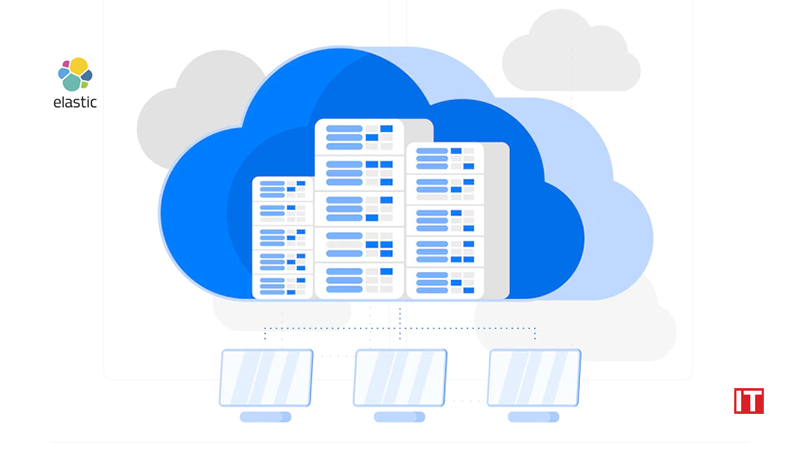Elastic, the company behind Elasticsearch, announced new features and enhancements across the Elastic Observability solution to support modern cloud-native environments, including smarter tail-based sampling for application performance monitoring (APM) and enhanced visibility across AWS cloud services.
Eliminating blind spots with Elastic tail-based sampling
Tail-based sampling can help DevOps and site reliability engineering (SRE) teams eliminate application performance blind spots by providing finer-grain control over trace sampling conditions in high-volume systems with millions of transactions.
While common head-based sampling that applies a fixed-rate methodology can be efficient in low-volume application server environments, tail-based sampling is better suited to more complex, cloud-native applications. With Elastic tail-based sampling, the decision to keep or discard a sample is made after a trace has been completed and observed. As a result, tail-based sampling can help customers maximize visibility and reduce their data storage costs by capturing only the most critical transactions.
“As more organizations adopt cloud-native technologies and microservices-based architectures, application troubleshooting is becoming increasingly complex,” said Alvaro Lobato, Vice President, Observability, Elastic. “We built Elastic tail-based sampling to help customers avoid tradeoffs between full application visibility and cost. As a result, Elastic Observability provides maximum visibility while enabling the type of fine-grain control needed when working in complex, cloud-native environments. ”
Also Read: Vesto Launches on Mainnet for Decentralized Financial Services, Crypto-Linked…
In addition, Elastic tail-based sampling enables DevOps and SRE teams to easily adjust sampling rates to gain greater insight into application performance by evaluating each trace against a set of rules or policies and transaction outcomes. The resulting APM insights can accelerate root-cause analysis for faster time to resolution.
Enhancing visibility and accelerating troubleshooting across AWS cloud services
Now generally available, the ability to natively collect serverless traces from AWS Lambda functions provides customers with detailed, end-to-end visibility into distributed transactions to accelerate troubleshooting. Development teams can collect serverless application traces from Lambda functions written in Node.js, Python, and Java with a new AWS Lambda APM agent. Elastic additionally supports native cloud monitoring with the ability to collect Lambda traces via OpenTelemetry (Java and Python only).
“We’re excited to start using Elastic’s AWS Lambda APM agent for our cloud-native applications,” said Jose Navarro, Software Engineer, Accolade, a healthcare company. “Our team at Accolade especially likes the fact that it is possible to see whether a particular invocation of the Lambda function involved a cold start directly in the trace waterfall chart. The availability of Lambda-specific metrics, such as cold start rate, at the service and transaction group levels are also very helpful.”
In addition, customers can now ingest custom logs from Amazon S3 and CloudWatch into Elasticsearch and optionally set up index templates, ingest pipelines and output specifications. And, with Elastic 8.2, the Elastic Serverless Forwarder now supports CloudWatch, Kinesis Data Streams, and direct SQS as additional input sources for log ingestion. These enhancements give customers further flexibility by providing ingest options that meet their existing operating procedures and architectural preferences































